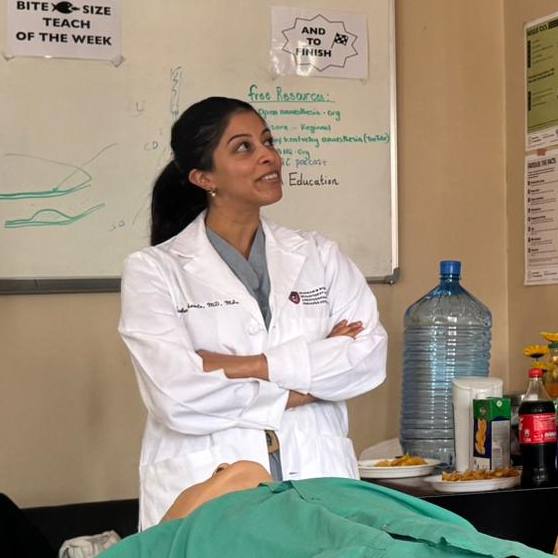-
Granulosa Cell Tumor of the Ovary Requires Regular, Long-term Follow-up
Granulosa Cell Tumor of the Ovary Requires Regular, Long-term Follow-up
April 30, 2010
Dear Mayo Clinic:
My 47-year-old wife was diagnosed with a rare granulosa cell tumor (GCT) of the ovary. Her treatment included surgery to remove the uterus and ovaries. The tumor was stage 1, but we are nervous about a recurrence. What can she or her doctors do to monitor her health in the future?
Answer:
Granulosa cell tumor is a slow-growing cancer that starts in the granulosa cells that surround the eggs within the ovary. Diagnosed and treated early, it's not likely to return. However, GCT of the ovary requires regular and long-term follow-up with a doctor, including an annual blood test to check for markers that could indicate the cancer's return.
Here's some more background to help put GCT of the ovary and the risk of recurrence in perspective:
GCT of the ovary is most often diagnosed at stage 1. That means the tumor cells have not spread beyond the ovary. Symptoms often are vague and can include bloating, discomfort in the pelvis area or bladder and bowel changes. The tumor produces increased estrogen levels, which can cause heavy or abnormal uterine bleeding and increase the risk of endometrial cancer. During an exam, a physician will often feel an enlarged ovary or a mass (or lump) on the ovary.
GCT of the ovary is unusual. It accounts for about 5 to 7 percent of all ovarian cancers. GCT has two types — adult and juvenile. Despite the names, the categories don't relate strictly to tumor size or patient age. However, juvenile GCTs occur most often in women under 30 years of age. Adult GCT, which accounts for 9 out of 10 tumors, is slow growing and the average age of diagnosis is 52. From what you've shared, this was probably your wife's diagnosis.
Your wife had the standard operation for stage 1 adult GCT of the ovary, hysterectomy and oophorectomy — surgery to remove the uterus and ovaries. Bilateral oophorectomy, removal of both ovaries, is recommended for women who have completed child-bearing. For a GCT that appears to have spread beyond the ovary, the surgery likely would also have included removal of lymph nodes in the pelvis and along the aorta and removal of the omentum (an area of fat attached to the lower part of the stomach). Radiation or chemotherapy usually isn't considered unless the cancer has spread beyond the ovary.
After surgery, a patient should see an oncologist or gynecologist for close tumor follow-up. Initially, this should be two to three times per year. After five years, follow-up can be conducted annually. Checking levels of the hormone inhibin via a blood test is helpful for tumor follow-up if levels were elevated prior to the initial diagnosis. Elevated levels of inhibin A, inhibin B, or both are an indicator of recurrence, although it's possible for the cancer to recur without change in these hormone levels. Periodically, the doctor will order a CT scan of the abdomen and pelvis to look for any signs of recurrence, especially if there are new symptoms.
When caught early, GCT of the ovary most often doesn't recur. If cancer does recur, it's usually 10 to 15 years after the initial treatment. That's why long-term follow-up is important. The long-term prognosis for GCT of the ovary is good. The five-year survival rate is 92 to 100 percent for stage 1 disease in both the adult and juvenile types of GCT.
Unlike many other illnesses, no lifestyle factors (for example, weight or smoking) affect the course of the disease or its possible recurrence. If you have daughters, they are not at increased risk for GCT of the ovary because of your wife's illness; GCT has no known inherited genetic cause. In fact, we aren't sure what causes this cancer, although research is ongoing.
It's great your wife sought treatment before the cancer had spread. While GCT of the ovary grows slowly, once it has spread, this cancer is very challenging to treat.
— Jamie Bakkum-Gamez, M.D., Gynecologic Surgery, Mayo Clinic, Rochester, Minn.







